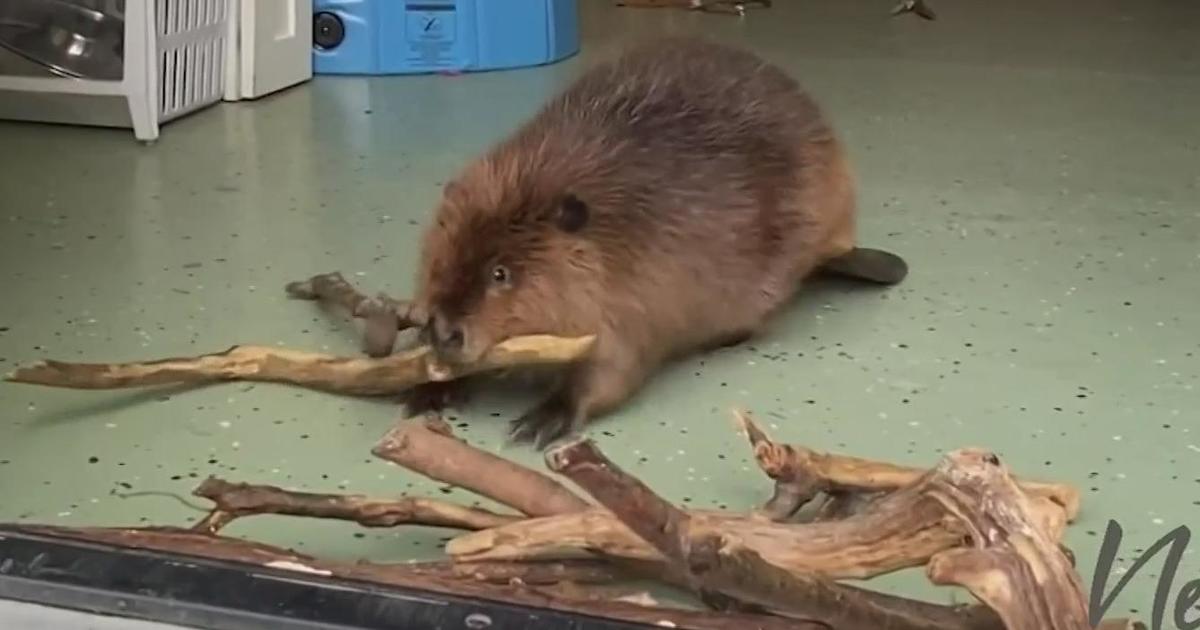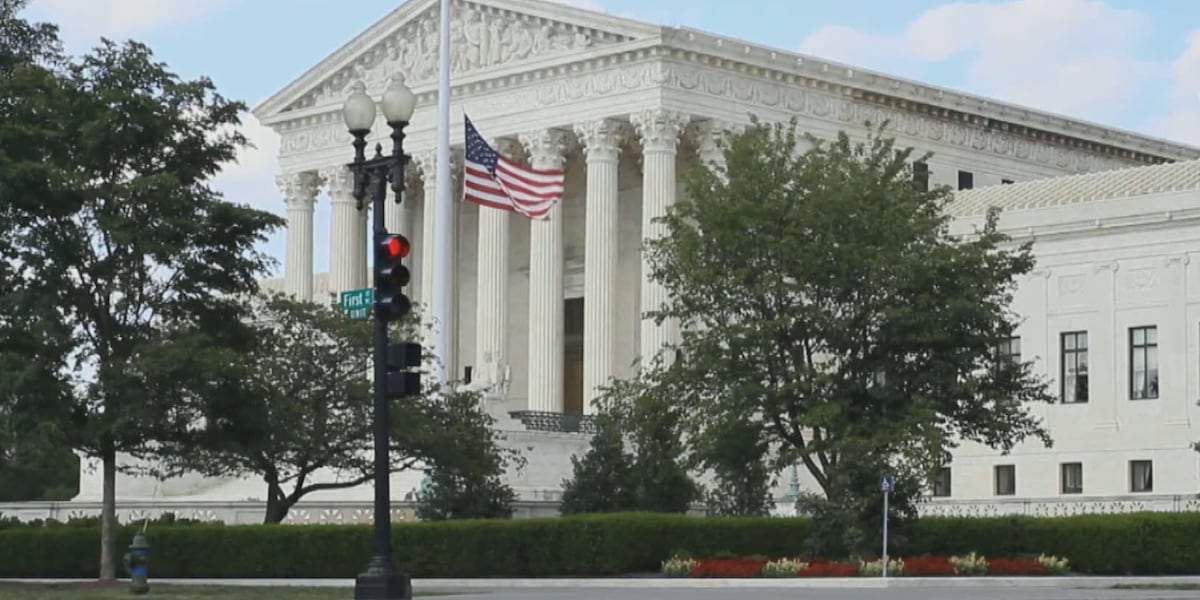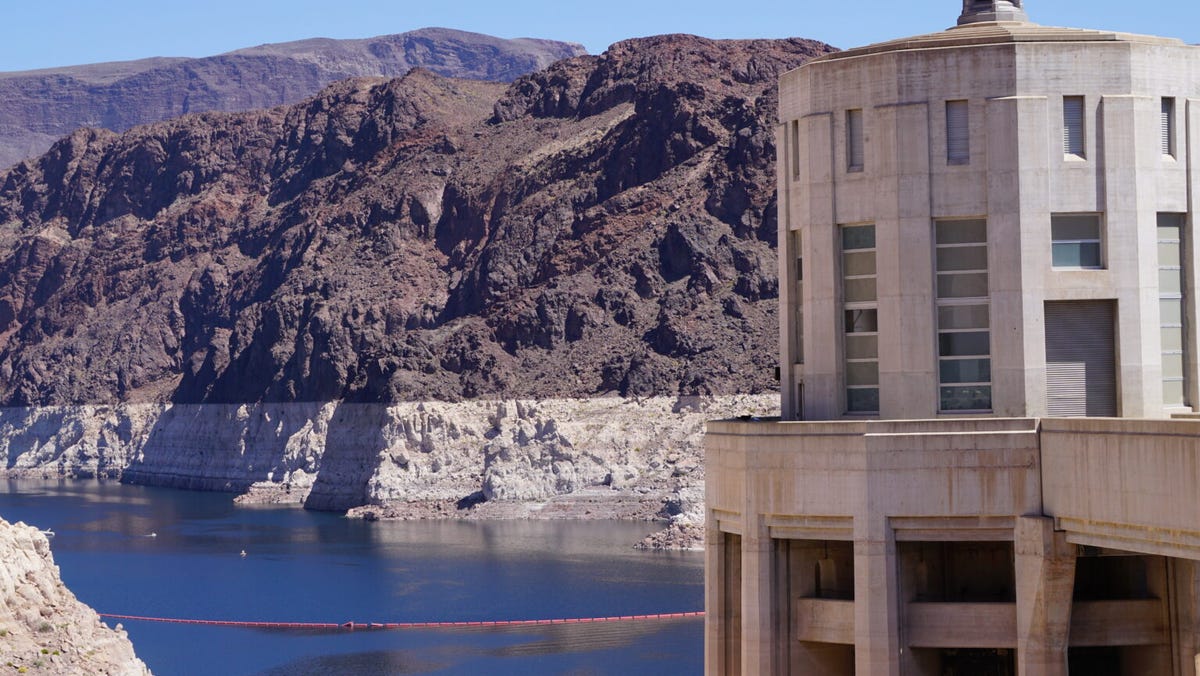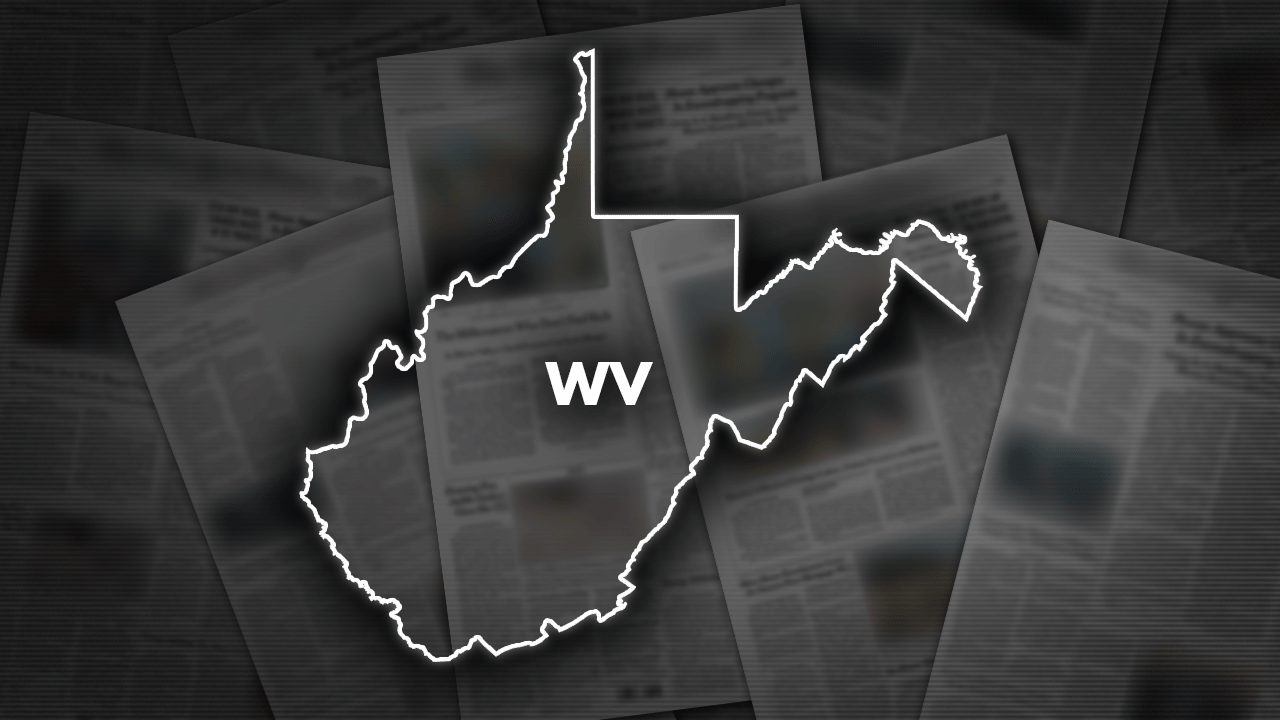California
Salmon fishing is banned off the California coast for the second year in a row amid low stocks
LOS ANGELES (AP) — Federal fishery managers voted Wednesday to cancel all commercial and recreational salmon fishing off the coast of California for the second year in a row, and only the fourth time in state history, because of dwindling stocks.
The unanimous vote by the Pacific Fishery Management Council, the authority responsible for setting Pacific salmon seasons, is a blow to the state fishing industry that supports tens of thousands of jobs and is still reeling from last year’s shutdown. Salmon fishing was also closed in California during the 2008 and 2009 seasons.
Like 2023, this year’s decision was made in order to protect California’s waning salmon populations after drought and water diversions resulted in river flows that are too warm and slow for the state’s Chinook salmon to flourish.
A February report by the fishery council found that in 2023 just over 6,100 fall-run Chinook, often known as king salmon, returned to the upper Sacramento River to spawn. The average between 1996 and 2005 was more than 175,000 fish.
For the time being the ban affects commercial and recreational ocean fishing. However the council has recommended that the California Fish and Game Commission consider barring river fishing as well. The state agency is expected to vote in the coming weeks.
The salmon population faces a number of challenges including river water temperatures rising with warm weather and a Trump-era rollback of federal protections for waterways that allowed more water to be diverted to farms. Climate change, meanwhile, threatens food sources for the young Chinook maturing in the Pacific.
Scott Artis, executive director of Golden State Salmon Association, said state water policy under Gov. Gavin Newsom has resulted in “dangerously low river flows, unsustainable water diversions out of our rivers, record high water temperatures because of dam operations and record numbers of salmon eggs and juveniles killed in our streams.”
“Our water, our natural resources, the resources every Californian and the entire salmon industry rely on, are being stolen on Governor Newsom’s watch,” Artis said in a statement Wednesday after the council’s decision.
The governor’s office didn’t immediately respond to an email seeking comment on the closure.
Much of the salmon caught in the ocean originate in California’s Klamath and Sacramento rivers. After hatching in freshwater, they spend three years on average maturing in the Pacific, where many are snagged by commercial fishermen, before migrating back to their spawning grounds, where conditions are more ideal to give birth. After laying eggs, they die.
California’s spring-run Chinook are listed as threatened under the Endangered Species Act, while winter-run Chinook are endangered along with the Central California Coast coho salmon, which has been off-limits to California commercial fishers since the 1990s.

California
Meghan Markle filming Netflix show on California cannabis farm embroiled in controversy: report

One of the filming locations for Meghan Markle’s highly-anticipated cooking show is reportedly a cannabis farm marred by controversy.
The Duchess of Sussex, 42, has been shooting the Netflix series in two California locations: a $5 million home in Montecito belonging to Tom and Sherrie Cipolla and a farm owned by the cannabis-supplying Van Wingerden family in the nearby seaside city of Carpinteria, the Daily Mail reported.
The Van Wingerdens are the area’s largest vendors of legally produced cannabis, according to the website.
Markle’s film location, dubbed Farmlane, is owned by David and Cindy Van Wingerden, who turned their flower farm into a marijuana mecca in 2015. They now sell cannabis flowers and pre-rolled cannabis joints.
But the Van Wingerden family’s operation and other cannabis farms have had the neighborhood up in arms over the pungent weed fragrance contaminating the air.
Local Carpinteria residents filed 2,340 odor complaints from mid-2018 to 2022, according to the website.
In September, homeowners in the area filed a class-action lawsuit against two weed farms, unrelated to the Van Wingerden’s business, with claims that their property values had been severely damaged due to the “sewer-like” smells.
“The neighborhood surrounding their property has a thick, heavy, strong stench of cannabis on a near daily basis,” the lawsuit states.
Angry citizens said their homes and clothes reeked of marijuana and that some people were experiencing breathing problems, headaches and nausea.
Page Six confirmed in March that the former “Suits” actress would collaborate on a Martha Stewart-esque show tying into her newly launched lifestyle brand, Montecito Riviera Orchard.
The wife of Prince Harry has already debuted the first product of her cookware and home needs company with a jar of strawberry jam sent to her closest high-powered friends.
An insider told Page Six Style at the time that the business would focus on home, garden, food and general lifestyle wares.
“She’s been working on this for over a year, and it’s all the things that are close to her heart — all the things she’s passionate about,” an industry source said.
A trademark application obtained by Page Six Style revealed that the company would sell cookbooks, an assortment of edible treats like jellies and spreads and tableware staples like cutlery, table linens, drinkware and more.
California
EV market share sags in California, though EV sales are up

It’s a complicated time for the nation’s largest EV market. California EV sales increased in the first quarter of 2024, but market share still fell, according to a new quarterly report from the California New Car Dealers Association (CNCDA).
The absolute number of EVs sold in California grew from 89,741 in the fourth quarter of 2023 to 90,296 in the first quarter of 2024, the report found. But EV market share still decreased from 21.5% at the end of 2023 to 20.9% in Q1 2024. That’s because new-car registrations grew overall, with even more non-electric vehicles being sold. The rise of EV sales by volume rather than share is a trend that continues from the previous quarter.
2024 Tesla Model Y. – Courtesy of Tesla, Inc.
Tesla’s EV sales lead in California also continues to shrink, the report found. Tesla registrations were down 7.8% from the previous quarter, which itself saw a 9.8% decline in registrations for the once-California-based automaker.
Without a deeper dive into the trends, it might be argued that sagging Tesla sales, not sales of EVs of other brands, are what have caused the recent flattening for EVs in California and elsewhere. That’s because Legacy automakers are selling more plug-in vehicles, the report noted. Mercedes-Benz and BMW saw the highest increases in California in Q1, posting 3% and 2.4% gains, respectively.

2024 BMW iX
EV sales through franchised dealerships also increased 14% in Q1, while direct sales—the model used by Tesla and some startup automakers—saw a 3% drop. Franchised dealerships account for 66% of “alternative powertrain types” in California, according to the CNCDA.
Even with EV sales rising in the rest of the country, California remains near a third of the nation’s EV sales. And even with this market-share hiccup, in the state, one of four new vehicles sold in California has a charge port—although some are plug-in hybrids rather than all-electric models.
California
A look at beavers’ important role in California’s wildfire resistance

SACRAMENTO — Nature’s firefighters might not be what you think.
Beavers. They’ve had a bad reputation. Many call them pests, but they’re far from it. They play such an important role in our ecosystem that their work can even curtail wildfires. Beavers are a keystone species, which means their existence benefits many types of plants and animals.
The California Department of Fish and Wildlife (DFW) is recognizing the role beavers play, implementing a beaver restoration program just last year to aid in drought and wildfire resistance.
“Beaver wetlands are uniquely resistant to the effects of drought and then subsequently to the effects of wildfire,” said Emily Fairfax, who is an assistant professor of geography.
For generations, beavers have been classified as a nuisance. Hundreds of permits are sought after each year by landowners to allow them to kill beavers.
Their knack for engineering doesn’t always agree with human engineering. We like to build roads and houses. They like to flood everything and chew down wood.
“While that can be annoying, it’s that flooding and tree chewing that gives you those benefits like drought and fire resistance,” Fairfax said.
“As we build more and more in California, and in other states, we actually are eliminating wetlands and the beavers try to put them back in,” said wildlife rescuer Michele Dodge.
Without beavers, we could face total degradation of our riverscapes, causing more wildfires. In fact, research is showing their work is helping to prevent wildfires altogether, and that’s why the DFW is turning to beavers as a helpful tool.
“I’ve been studying this the last ten years or so using satellite data and field visits to go out and find these places where beavers have been engineering and see whether or not they burn during wildfire,” Fairfax said. “Pretty much across the board, they’re not burning.”
Beavers create patches of fire refugia, places that either don’t burn at all or burn at a low intensity that’s actually helpful for a variety of plants and animals. The patches are fireproof in even our most intense fires like the Beckwourth and Dixie fires.
“You’re going to be seeing forests that have completely burned the pine trees from roots to tips. The soil is ash at this point and it’s silent cut to, and then you turn the corner and you’ll get to the beaver wetland and it’s completely different,” Fairfax said.
Even in Rancho Cordova, the beavers are helping the environment thrive. Their dams create a safe place for geese to nest and lay their eggs.
“It also creates a safe zone, so if there is a fire animals have a place to retreat,” Dodge said.
In the beaver wetlands, you’ll find lush green landscapes full of life. Beavers like to spread the water around, essentially creating a safe haven from a wildfire. Now with the DFW’s restoration program, beavers have a place to go.
“I’m really excited they’ve done that,” Dodge said. “In the past, if somebody trapped beavers they were killed that was the only solution. Now all the sudden, fish and wildlife, we are creating places we want them released.”
The best part is we don’t have to pay these guys. They just do it for free because that’s what they’re naturally inclined to do. They’re nature’s tool against wildfires.
-

 Education1 week ago
Education1 week agoVideo: Dozens of Yale Students Arrested as Campus Protests Spread
-

 News1 week ago
News1 week agoLarry Webb’s deathbed confession solves 2000 cold case murder of Susan and Natasha Carter, 10, whose remains were found hours after he died
-

 World6 days ago
World6 days agoHaiti Prime Minister Ariel Henry resigns, transitional council takes power
-

 Politics1 week ago
Politics1 week agoFetterman hammers 'a–hole' anti-Israel protesters, slams own party for response to Iranian attack: 'Crazy'
-

 World1 week ago
World1 week agoPeriod poverty still a problem within the EU despite tax breaks
-

 World7 days ago
World7 days agoUS secretly sent long-range ATACMS weapons to Ukraine
-

 News6 days ago
News6 days agoFirst cargo ship passes through new channel since Baltimore bridge collapse
-

 World1 week ago
World1 week agoTurkey’s Erdogan meets Iraq PM for talks on water, security and trade



















